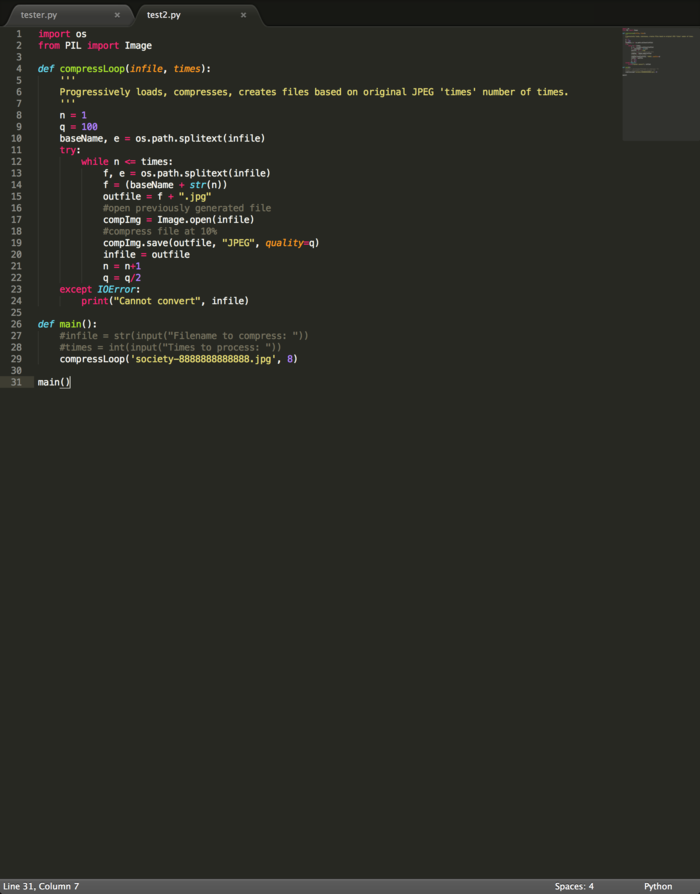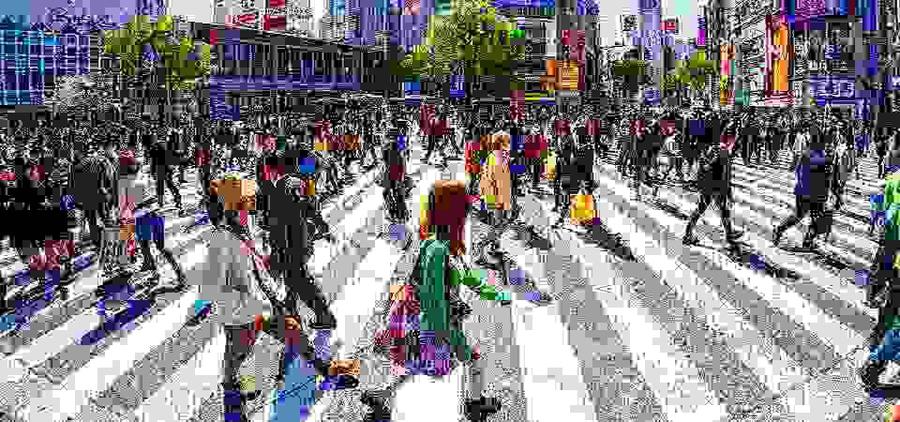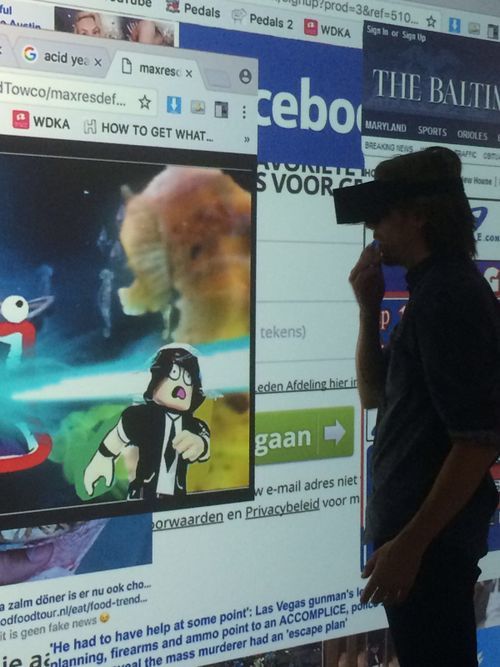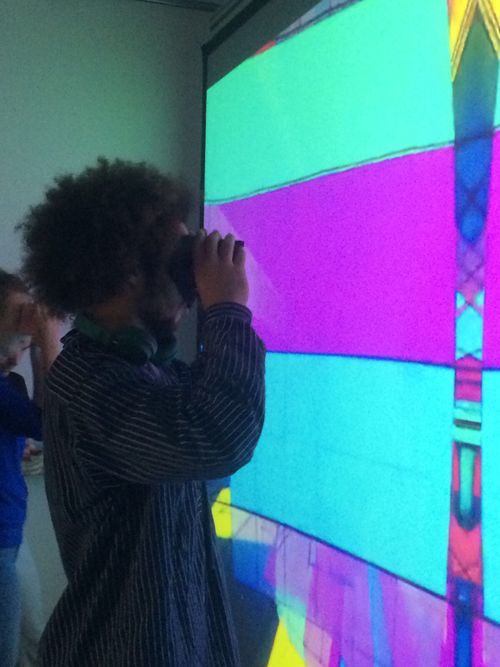User:Tharim/minor mindofthemachine
Life Compression
Contents
PEOPLE
Alkenah Wansing Major: Graphic Design
Suzanne Guitjens Major: Fashion
Tharim Cornelisse Major: Illustration
DEVELOPMENT
Early on ln the project we picked the subject of compression to work around.
We looked into a few different kinds of compression, the history of compression and the relationship between compression and our project.
When computers, personal computers in particular, were upcoming compression was very needed. Data wasn’t usable because files were to big and computers to “slow”. Files needed to be smaller for the computer, but had to remain the same quality for humans. For example audio files had to be smaller, but still had to sound good. Images had to contain less data, but still had to look good.
Algorithms were created to do exactly this.
QUADTREE ENCODING
Quadtree encoding is a compression method which is used in JPEG compression and is based around a fairly simple concept in which the computer doesn't need to save the information for all the pixels in a image. It keeps dividing the picture into sections which have more or less the same color. The computer just has to remember how many times and where he split up the picture.
Above you can see two images which have been compressed with a quadtree system. The one on the left has been to told to split up fewer times than the one on the right so you can see the different sections in which the computer divides the image.

IMAGE TO AUDIO, AUDIO TO IMAGE
We experimented with using the “wrong” kind of compression. For example how would a .jpg file sound like. We took a picture of three dices and saved it as a .raw file in photoshop and then opened it in Audacity. Audacity is an open source DAW (digital audio workplace). The file would just sound like noise, but what was more interesting was using audio effects on raw data and then opening it in photoshop again. This way you can visualise the audio effects and how they alter the image (see some of the results above).
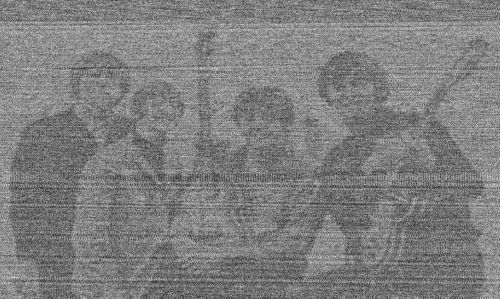
[1]
You can also use this technique the other way around. Converting an audio file to a .raw file and editing the raw file in photoshop. You can play with opacity, gradient or hide images in the code for the music. We hid a picture of the Beatles in a bit of their song “Strawberry fields forever”.
PYTON COMPRESSION LOOP The other compression experiment we conducted is what would happen if we would over compress image files. there were already some examples of the results on the internet. But to learn how they did it we tried it out anyway. After some testing it became apparent that is was difficult to do it in photoshop. So we had to find the other way to get the results we were aiming for. doing some research we found out that the best way to do it is to use Python. after looking learning the code how to just change and compress images we modified it to our needs. eventualy to get what we wanted we had to restart the compression loop over with the last image that was produced by the loop.
VISUAL RESULT
We wanted to compress the outside world. We think people in the present experience too much sensations. We made a pair of goggles which can compress the world around you. The goggles exists of two lenses which project an image on a piece of transfer paper which is attached to a cardboard grid. When you look through the grid you can see that the transfer paper lets through a mean of the light projected on it. So every square in the grid is filled with one colour and altogether they are showing a compressed version of the image projected on the transfer paper.

LINKS
ANIMATION FOR CONCEPTS (6:42)
https://www.youtube.com/watch?v=qZCRtN0lfVs
IMAGE COMPRESSION BASICS
https://www.maketecheasier.com/how-image-compression-works/
ARAM BARTHOLS
https://arambartholl.com/tvfiltereng.html

